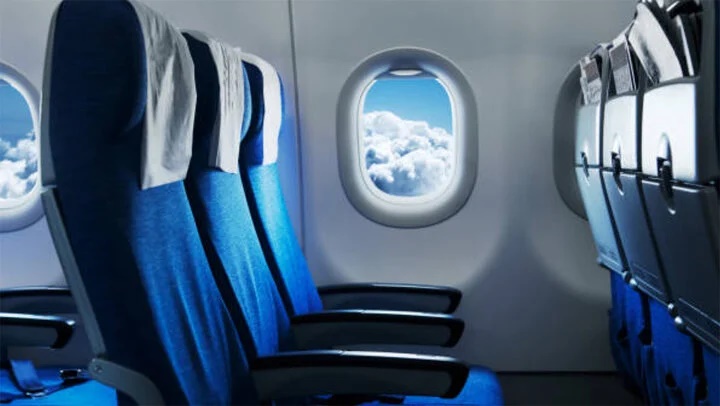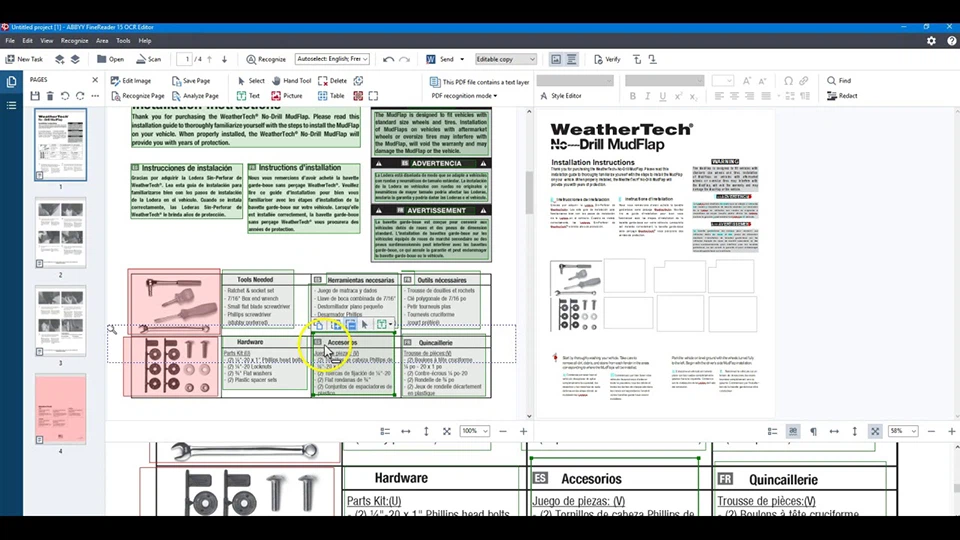The air on an airplane is often cold, causing many people to always wear jackets or ask flight attendants for blankets. If you are afraid of the cold, you should know that there are areas on the plane with lower temperatures than normal.
The coldest seats on an airplane
According to Best Life, Heidi Ferguson, an experienced American flight attendant with over 20 years of experience, revealed that the coldest seats on an airplane are usually located next to the windows. She has concluded this from serving on both commercial and private flights.
The reason is that the air vent system is usually located by the window and often creates very low air temperatures on most flights. Even if you adjust the air conditioning knob overhead, the ventilation system can still create a cold airflow.

These are the coldest seats on an airplane – window seats. (Photo: Shutterstock)
Another long-time flight attendant, Victoria (USA), also affirmed the same thing. She added, “I find that for most of the time on the flight, the seats from rows 7 to 15 are usually very cold. If you don’t want to use the air conditioning, avoid these positions.”
Dan Suski, the founder of Seatlink, a cheap flight search website, also believes that people who are afraid of the cold should avoid seats near the emergency exits as these are also some of the coldest seats on the airplane.
Tips for choosing seats on an airplane
If you have a lot of money, choose a first-class seat. With this seat, you have a formal dining table, high-quality seats, can comfortably sleep and rest; there are more convenient entertainment options (music, movies, newspapers…)
At a lower price, you can choose a business-class seat, which, while not as private, is relatively spacious.
The majority of passengers choose economy class seats (E class).
Depending on the airline, sometimes passengers have an additional option of choosing a special economy class seat – Premium Economy class (W class). This class is similar to the E class, but passengers are provided with additional entertainment options, better service support, and better meals… Some airlines that offer this type of seat include Japan Airlines, Vietnam Airlines, Air France, Thai Air…
To get a seat you like, visit the airline’s website, check the seat layout, and then choose a suitable seat for yourself. If you are not allowed to choose a seat, the flight may be in a situation of too many seat requests (overbook).
If you are prone to motion sickness on trains or cars, choose a seat in the middle, near the wing area of the airplane.
If you check in at the counter, the secret to a good seat is to check in earlier than others. You can request to be placed in an aisle seat or a seat close to the wing. Although the jet engines are on the wings, people sitting on and in front of the wings will never hear the noise, while the rows behind the engines will bear all of that sound.
The longer the tail of the plane, the greater the vibration and oscillation compared to the wings. Therefore, if possible, you should avoid the last row of seats because these seats are usually close to the engines and are very noisy, and you also cannot recline the seat. Passengers sitting in the last row are more likely to feel dizzy and nauseous compared to the seats in front.
According to VTC news






























